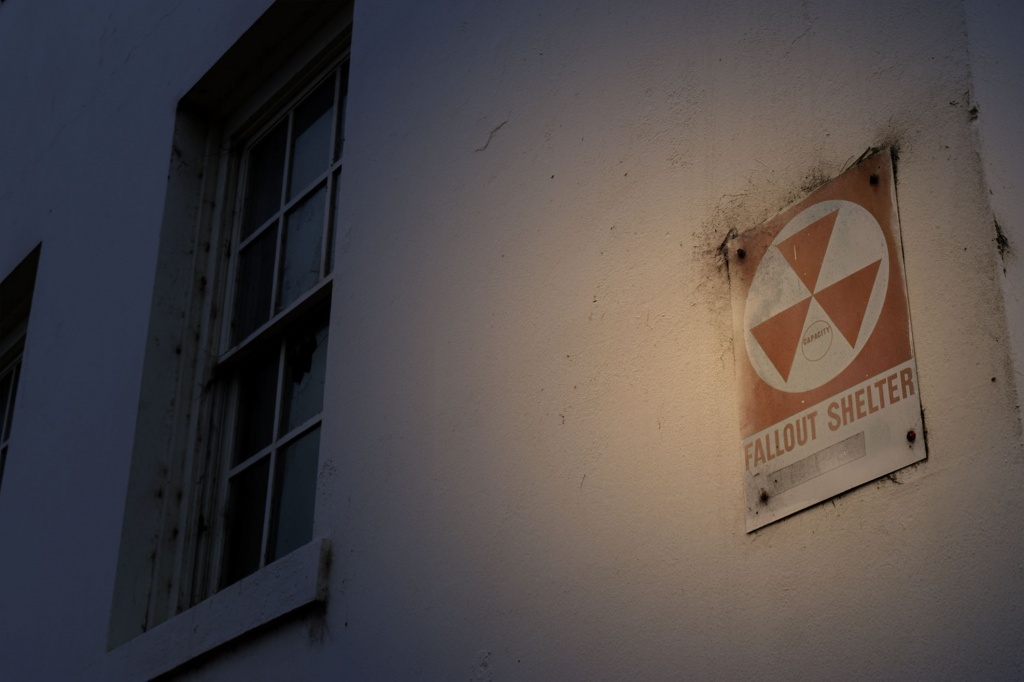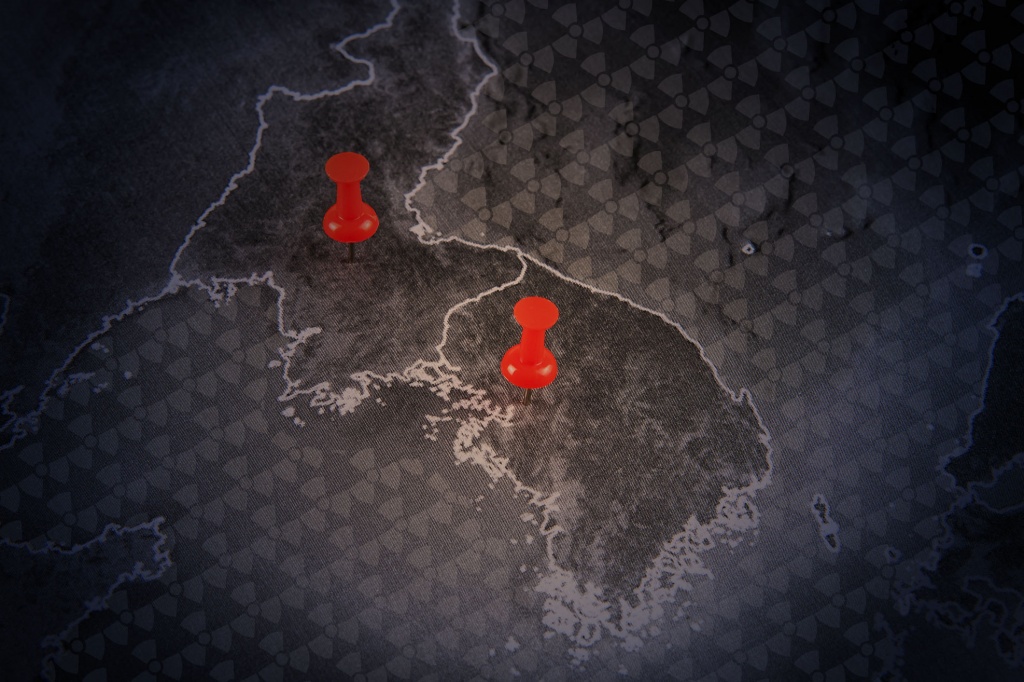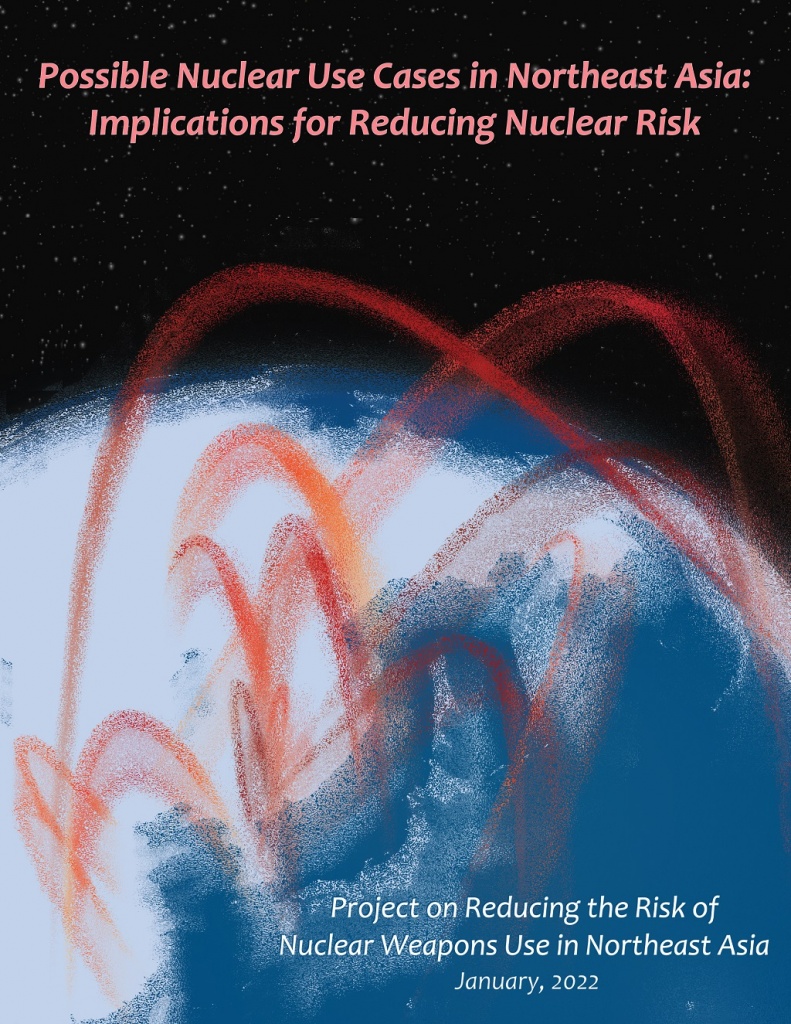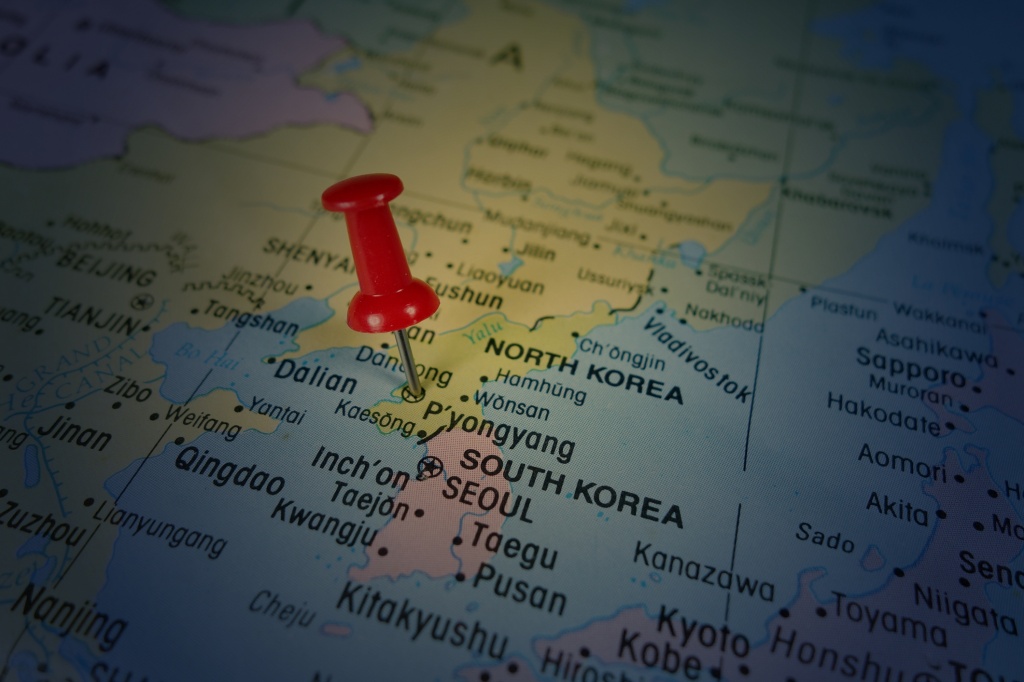It is published simultaneously by RECNA-Nagasaki University, Asia Pacific Leadership Network for Nuclear Non-proliferation and Disarmament (APLN), and Nautilus Institute.

PROSPECTS FOR DPRK’S NUCLEAR USE SCENARIOS AND DETERRENCE MEASURES OF THE US AND ROK ALLIANCE
Lee Sangkyu
Prepared for the
Project on Reducing the Risk of Nuclear Weapons Use
in Northeast Asia (NU-NEA)
Co-sponsored by
The Research Center for Nuclear Weapons Abolition, Nagasaki University (RECNA),
The Nautilus Institute for Security and Sustainability, and
The Asia-Pacific Leadership Network for Nuclear Non-Proliferation and Disarmament (APLN)
with cooperation of
Panel on Peace and Security of Northeast Asia
Additional funding by the MacArthur Foundation
February 18, 2022
[This article reflects the personal opinions of the author, not the official opinions of the government of the Republic of Korea.]
The purpose of this paper is to develop cases for the DPRK’s use of nuclear weapons. As background, firstly, the deterrence and countermeasure strategies of the United States-ROK alliance in the face of the increasingly sophisticated DPRK’s nuclear threat is examined. Then, the DPRK’s nuclear capabilities and nuclear strategy are investigated, and nuclear use cases are presented in detail based on those strategies. The relative priorities and feasibility of the different DPRK nuclear use cases were analyzed using parameters evaluating their military effect, the potential for US nuclear retaliation, and the level of civilian casualties. Among the expected cases, an attack on the ROK Mobile Corps would seem to be the most probable scenario, since the benefits that the DPRK would gain from such an attack would be high. Within that case, there is a danger of nuclear provocation due to the asymmetry between the DPRK’s nuclear possession and ROK’s possession of only conventional forces. The importance of the US extended deterrence policy to deter the DPRK’s nuclear threat is therefore emphasized, and measures to strengthen the credibility of US extended deterrence are also suggested.
Keywords:
DPRK, Nuclear Capabilities, Nuclear Strategy, Nuclear Use Cases, US-ROK Alliance
Authors’ Profile:
Professor Lee Sangkyu is a Republic of Korea (ROK) army officer and assistant professor at the Korea Military Academy (KMA). His main research focus is the Democratic People’s Republic of Korea’s (DPRK) nuclear threats, including its nuclear capabilities, strategies, and command and control system. Professor Lee holds PhD and MS degrees in Nuclear Engineering from the University of Utah in the United States. He has been an assistant professor in the Department of Physics at KMA since 2019, and from 2017 to 2018 served as the Nuclear Policy Planning Officer at the North Korea Policy Bureau, Ministry of National Defense, Republic of Korea.




 「Nuclear Weapon Use Cases in Northeast Asia: Implications for Reducing the Nuclear Risks」
「Nuclear Weapon Use Cases in Northeast Asia: Implications for Reducing the Nuclear Risks」
















